Increased Awareness and Education
The growing awareness and education surrounding biliary atresia are pivotal drivers for the Biliary Atresia Treatment Market Industry. Initiatives by healthcare organizations and advocacy groups aim to educate both healthcare professionals and the public about the condition. This heightened awareness leads to earlier diagnosis and intervention, which are critical for improving patient prognosis. As more parents and caregivers become informed about the symptoms and treatment options, the demand for specialized care is likely to increase. Additionally, educational programs for healthcare providers can enhance their ability to recognize and manage biliary atresia effectively. This trend is expected to contribute positively to the Biliary Atresia Treatment Market Industry, as increased awareness translates into higher treatment rates and improved patient outcomes.
Regulatory Support and Guidelines
Regulatory support and the establishment of clinical guidelines are crucial drivers for the Biliary Atresia Treatment Market Industry. Regulatory bodies are increasingly recognizing the need for standardized treatment protocols, which can enhance the quality of care provided to patients. The development of guidelines for the diagnosis and management of biliary atresia helps ensure that healthcare providers are equipped with the necessary knowledge and resources. This regulatory framework not only promotes best practices but also encourages research and development in the field. As a result, the presence of supportive regulations is likely to stimulate growth in the Biliary Atresia Treatment Market Industry, as stakeholders are motivated to align their practices with established standards.
Rising Incidence of Biliary Atresia
The increasing incidence of biliary atresia is a primary driver for the Biliary Atresia Treatment Market Industry. Recent data indicates that the condition affects approximately 1 in 10,000 live births, leading to a growing demand for effective treatment options. As awareness of this congenital disorder rises, healthcare providers are more likely to diagnose and treat affected infants promptly. This trend is expected to continue, as early detection and intervention are crucial for improving patient outcomes. Consequently, the rising incidence of biliary atresia is likely to stimulate market growth, prompting pharmaceutical companies and healthcare institutions to invest in innovative treatment modalities. The need for specialized surgical procedures and post-operative care further underscores the importance of addressing this condition within the Biliary Atresia Treatment Market Industry.
Technological Innovations in Treatment
Technological advancements in surgical techniques and medical devices are significantly influencing the Biliary Atresia Treatment Market Industry. Innovations such as minimally invasive surgical procedures and enhanced imaging technologies have improved the precision and efficacy of treatments. For instance, laparoscopic techniques are increasingly being adopted, allowing for reduced recovery times and lower complication rates. Furthermore, the development of novel pharmacological therapies, including targeted medications, is expanding treatment options for patients. These innovations not only enhance patient outcomes but also attract investment from stakeholders seeking to capitalize on emerging technologies. As a result, the integration of advanced technologies into treatment protocols is expected to drive growth in the Biliary Atresia Treatment Market Industry, fostering a competitive landscape among healthcare providers and pharmaceutical companies.
Growing Investment in Pediatric Healthcare
The increasing investment in pediatric healthcare is a significant driver for the Biliary Atresia Treatment Market Industry. Governments and private entities are recognizing the importance of addressing congenital disorders, leading to enhanced funding for research and development in this area. This investment is likely to facilitate the discovery of new treatment options and improve existing therapies for biliary atresia. Furthermore, the establishment of specialized pediatric centers dedicated to the treatment of biliary atresia is becoming more common, providing comprehensive care for affected infants. As a result, the influx of resources into pediatric healthcare is expected to bolster the Biliary Atresia Treatment Market Industry, fostering innovation and improving access to care for patients.


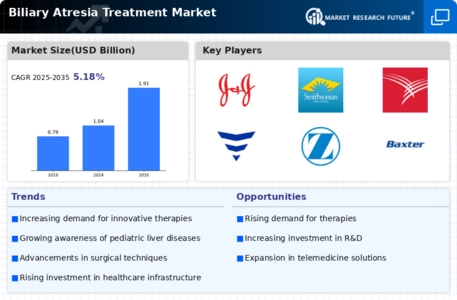
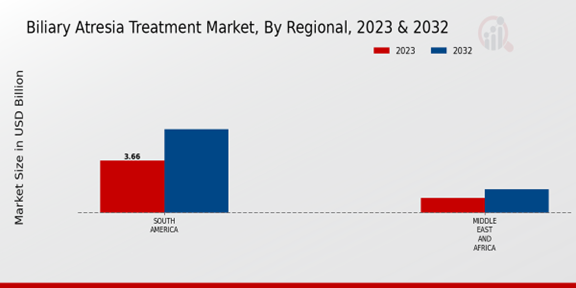
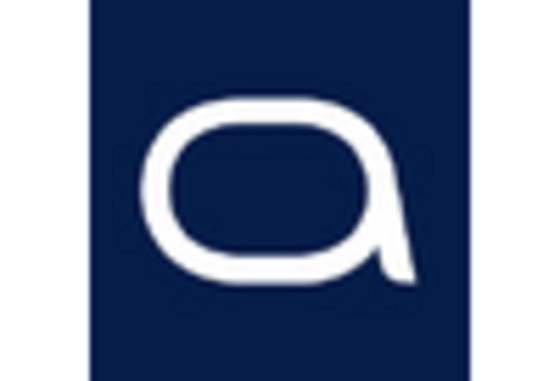
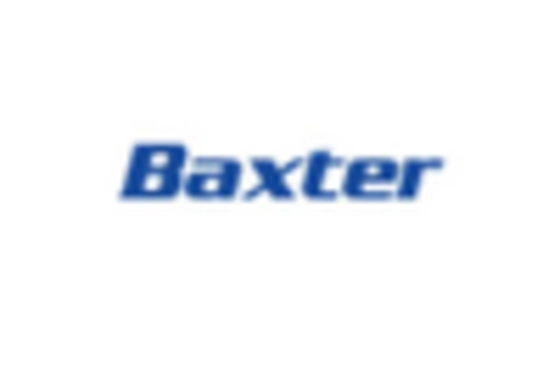
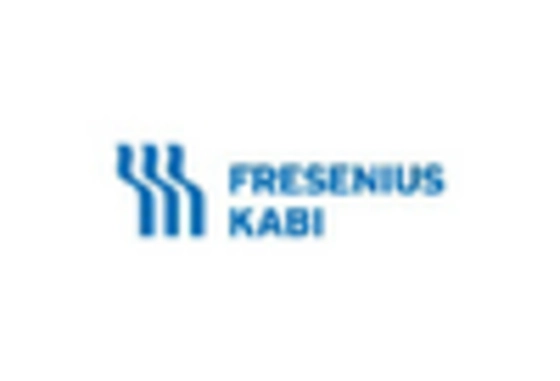
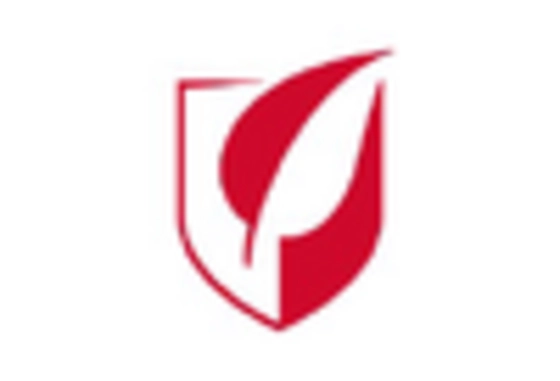

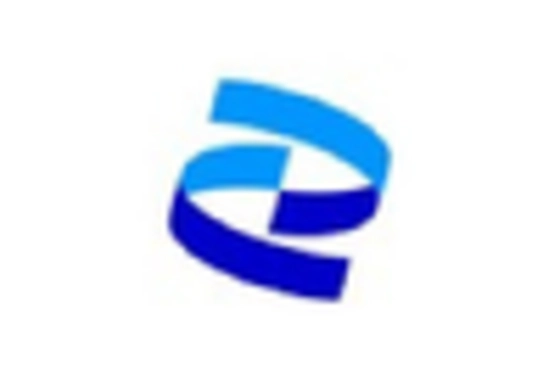








Leave a Comment